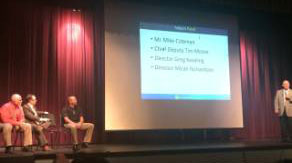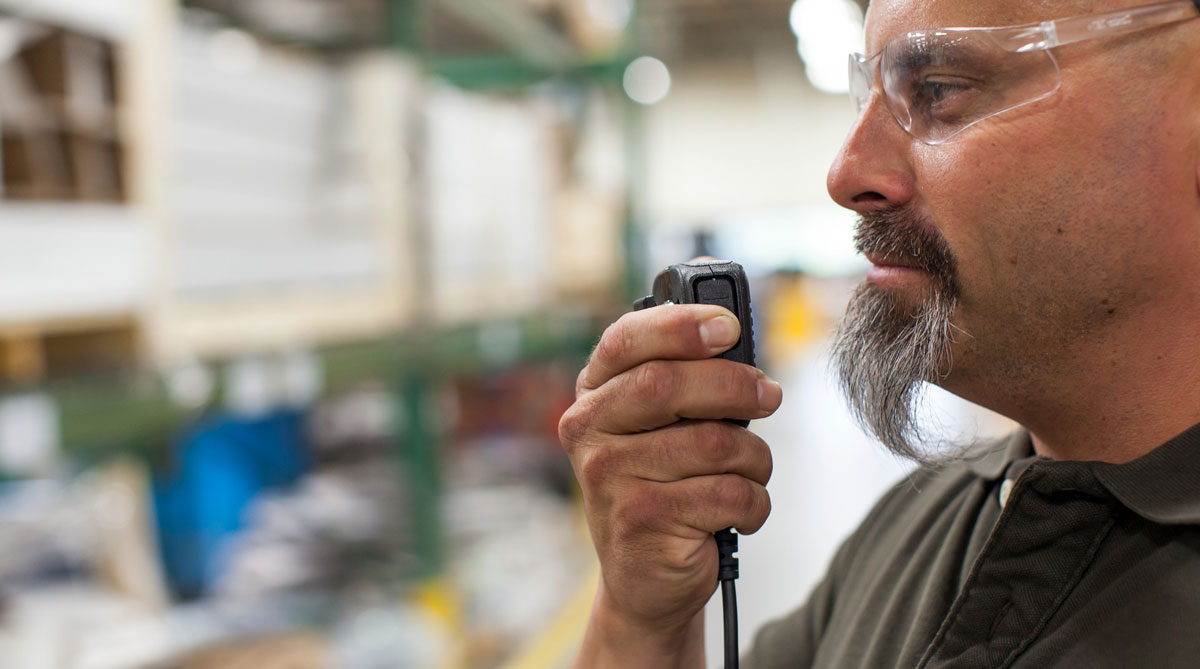Welcome guest blogger Mike Coleman, Vice President of SchoolSAFE Communications, a Motorola Solutions partner.
Parents have purchased school supplies for their children, teachers have decorated their classrooms, and backpacks are filling up with homework. With the school year now in full swing, school safety is top of mind for school administrators, parents, and staff. With 74 incidents involving guns in schools since the Sandy Hook tragedy of December 2012, school officials need to be asking themselves, do we have a safety plan?
Safety plans go by many names and formats, but no matter what they’re called, it is imperative that every school district and campus has a plan that is “all-hazard” based. Not having a safety plan and not practicing the safety plan is not a good plan. Many moving parts can impact plans and their processes. Each aspect of the plan needs to be scrutinized for being up to date and whether it addresses the needs of staff, students, and their parents. If plans have emergency contact lists, the lists need to be reviewed and the contact information verified. Staff turnover is a constant within schools and up to date lists need to be a part of the human resources process. If no safety plan currently exists, it would be helpful to define a standardized response protocol that is easy to remember and implement during stressful situations.
Another key element of any plan is all-hazards safety training for staff and the school safety team. Teachers are busy preparing for students to arrive every morning, and should also be ready to handle a crisis in accordance with the plan. It is important to include substitute teachers in school safety briefings. A school that does not have a set pool of substitute teachers should have their standardized response protocols on one side of a safety plan document and the critical elements of the plan on the other. The document should be distributed to every substitute when they report to work.
Emergency procedure training is routinely a very short part of any district agenda for staff gatherings. Since the school staff will be tasked to act as a “first responder” until the professional response agencies arrive, staff members need to ready. Training needs to be more than a “worksheet handed out in class” to review and find the answers. It would be ideal for school administrators to take a few minutes at each leadership meeting and staff meeting to discuss how staff will need to respond to the “emergency event of the day.” This can be accomplished by simply taking a look at current events from other schools for the discussion as well as partnering with local public safety agencies to participate in table tops or functional exercises Just like students, educators and administrators have their own learning style. It is important to make the training useful and teach a decision making process as opposed to a checklist process.
When finished reviewing the safety plan, it’s time to inventory and test the safety equipment. Most schools update their “go bag” shortly after school starts. Verify the reliability of all parts of the schools communication system from the radios to the intercom system to school alerting systems. Determine how you will interface with the school district and public safety when a crisis hits. Mobile phone communications are almost always the first to fail during a crisis due to student, staff, and parents overloading with voice and data. Once media and public safety arrive at the school, the mobile phone system is bogged down even further. Therefore, systems should be placed to provide fast and direct communications with public safety right from the location of the emergency. Radio communications systems provide more accurate and timely updates during the response to and management of an incident, which in turn help the school, district, and community.
School readiness does not have to be time consuming and complicated. By investing time in creating and reviewing a plan that is coupled with equipping and training staff to implement the plan, schools will be ready to respond in the most efficient and effective manner possible in times of emergency.
Motorola Solutions and SchoolSAFE Communications will be at the Association of School Business Officials (ASBO) Annual Meeting and Expo from September 19 to 22, 2014 featuring Motorola’s two-way radios and SchoolSAFE communication solutions.



